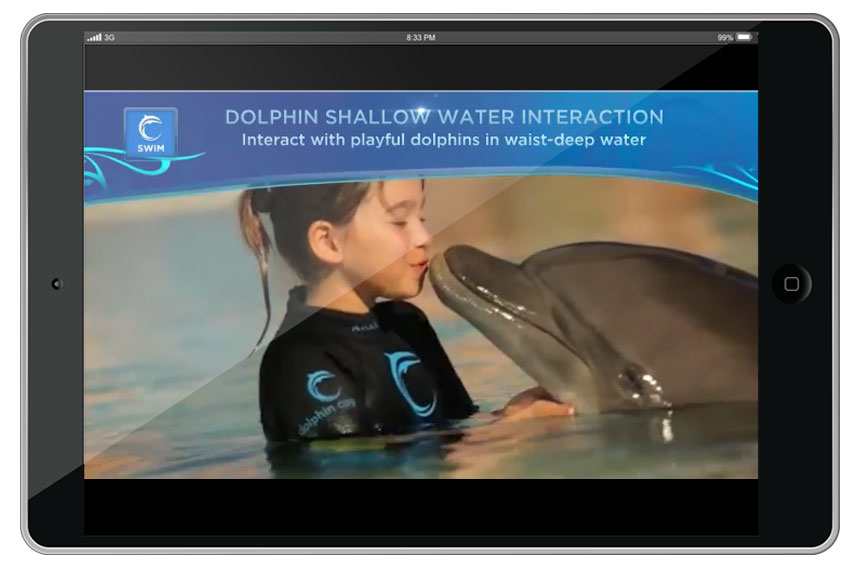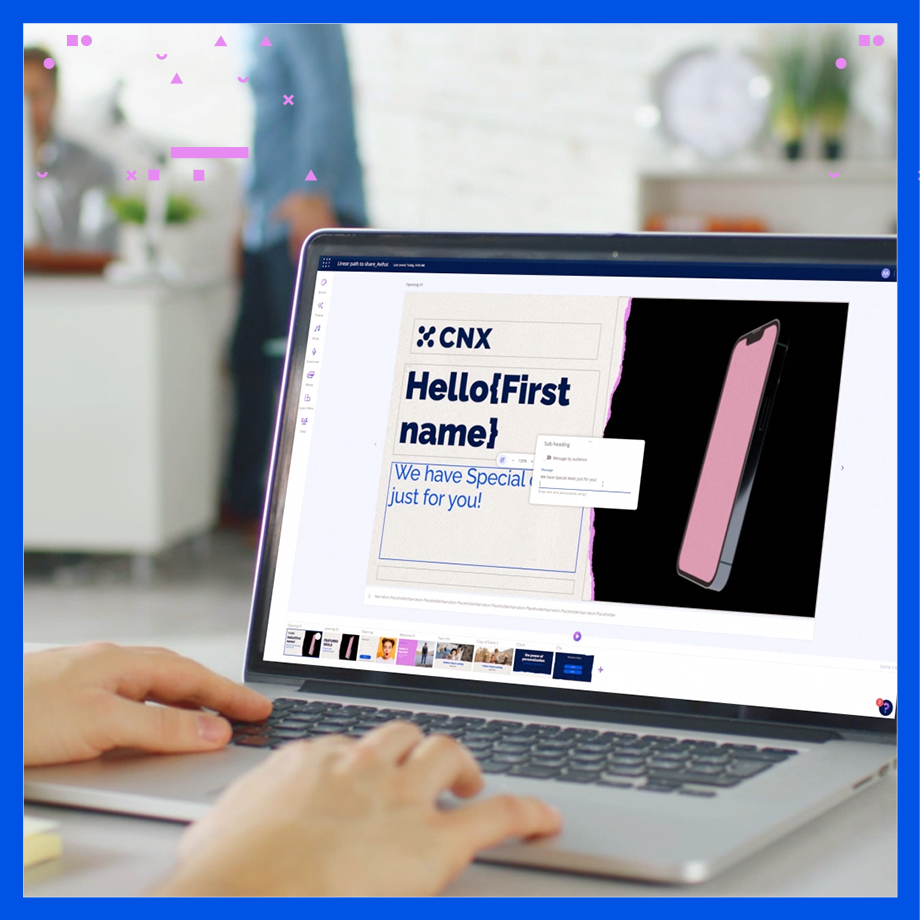The explosive growth of online video over the past decade is remarkable. With fast adoption comes an inherent shift in how technology is created and consumed. That’s where we are today: the creative approach to developing personalized video – and SmartVideo specifically – continues to evolve based on how consumers interact with video and as more brands choose to engage consumers through video.
Consumers and Online Video
There are people today on YouTube creating their own content, reaching audiences directly and building huge followings. These same people would never have been considered content creators in the past; YouTube enabled that shift. At the same time, how we as consumers watch video has changed just as drastically. We can search out video that speaks directly to our interests – whether it’s a product review, music video or tutorial. These were the very early stages of video personalization: a viewer was able to consume content that spoke directly to her and her interests.
The creative aspects of online video have greatly matured because video equipment and editing technology is more prevalent and accessible now for non-professional users. An average person can get great results with iMovie, and even phone cameras have features like time-lapsing and slow motion that only five years ago would have been considered professional-grade. The new devices on which we consume video and improved Internet speeds have both contributed to video becoming a mainstream content consumption channel. YouTube enabled user-generated content, but now the average user can easily create higher-quality content that attracts more viewers.
Brands’ Video and Creative Evolution
The change in consumer and mainstream habits have extended to the business world and encouraged similar evolutions. We’re seeing that brands are more open to the idea of personalization and are eager for the ability to tell their brand story in the most relevant way depending on the individual viewer and point in time. As brands start to develop and then grow their personalized video programs into a cohesive strategy, they need to strengthen their creative approach for a better viewer experience.
More of our customers are exploring how to make their videos richer and livelier by incorporating their existing brand and video assets developed for other programs into their personalized videos. Atlantis Paradise Island, which maintains a video library with hundreds of clips showing the resort accommodations, attractions and excursions, is one such customer. We worked with the Atlantis team to incorporate these clips into their SmartVideo for guest pre-arrival, and then added personalization layers over the clips, to help each guest envision his or her upcoming vacation experience.
Just three to four years ago, many of our customers launched specific projects that were intended to achieve specific goals within a specific business unit rather than contributing to overall business initiatives. Now, customers are adopting SmartVideo as a multi-touch strategy that aligns with initiatives across the customer lifecycle. This means a brand needs to create more scenes and videos to support each touch point. To ease that, we’ve shifted our story management approach and built a scene library that serves as a single, modular repository for all video scenes. The scenes support SmartVideos for multiple touch points, so marketers can effectively reuse scenes in support of new stories, rather than creating a new set of scenes for each new SmartVideo touch point.
The SundaySky Creative Approach
The collaboration process between our creative team and a brand has of course evolved as well, as we’ve adopted a more agile approach to creative development. Shifting our approach means we can demo a video much earlier in the development process to give the entire brand team a clear sense of the creative direction, the timing and pacing of the video, and ensure the video aligns with branding guidelines. Rather than imagining video from a static, flat storyboarding medium, it’s much easier to share the power of video with, well, a video.
![]()







